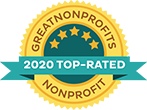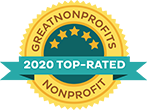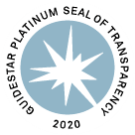The Spectrum of Blindness
While many may think of blindness as a complete loss of sight, the reality is that it exists across a wide spectrum, with most people still retaining some vision. Traditionally, those with significant sight loss have been referred to as being “visually impaired.” However, many factors result in a person’s difficulty seeing, and not all are directly related to the eyes. For this reason, AFB, along with others in the field, considers sight loss to fall within this spectrum, ranging from total blindness to low vision resulting from a wide range of conditions.
A person who may experience blindness or low vision can live a fulfilling and independent life. Through appropriate support, such as training and rehabilitation, people who are blind or have low vision can live just as freely as anyone else. Thanks to advancements in assistive technology, traditional aids like tactile reading with braille to advanced artificially intelligent (AI) devices that help navigate streets, the barriers often resulting from blindness continue to be broken down by those innovating solutions for independence.
Books for Parents of Children with Visual Impairments
| Parenting with a Visual Impairment by Amy R. McCart Published 2019, shares tips and experiences from successful blind parents, offering practical advice for raising young children. Thriving in Blindness by Kristin Smedley |
Keys to Educational Success by Sharon Z. Sacks Published 2016, a comprehensive guide on education, IEPs, and support for children with visual impairments and multiple disabilities. Seeing Through New Eyes by Kristin Smedley |
National Federation of the Blind – National Organization of Parents of Blind Children (NOPBC) American Council of the Blind – ACB Families VisionAware American Foundation for the Blind (AFB) American Printing House for the Blind (APH)
OTHER RESOURCES
FamilyConnect
Offered by the American Printing House for the Blind, this is a free, comprehensive online community providing support, information, and resources for parents of children with visual impairments. It includes tips, personal stories, and guidance on education and development from infancy to teenage years.
A division of the National Federation of the Blind, NOPBC offers resources, support, and programs for parents, including access to local affiliates and an annual conference.
An affiliate of the American Council of the Blind, ACB Families hosts virtual calls twice a month for parents to connect, share experiences, and exchange resources on raising children who are blind or visually impaired.National Library Service for the Blind and Print Disabled (NLS)
A free library service from the Library of Congress, offering braille and audio books for children and adults with visual impairments. The “Kids Zone” section includes accessible reading materials for young readers.
Now stewarded by the American Printing House for the Blind, this resource offers practical tips for adapting homes and daily living for children with vision loss, along with support for families.
AFB provides a wealth of information, including links to FamilyConnect and other resources, aimed at empowering parents and removing barriers for children with vision loss.
APH provides educational resources, tactile graphics, low-vision materials, and early learning tools specifically designed for children who are blind or visually impaired, along with support for families.
Our children with Blindness/Vision Impairment
* Listed children often have multiple diagnoses and attention should be given to the specific information in each child’s profile.
Tap or Click On Child’s Name to Learn More
Click on the page numbers above to see all the children
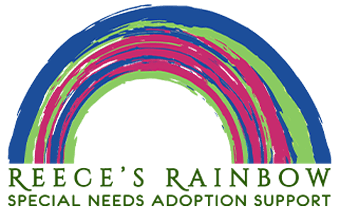
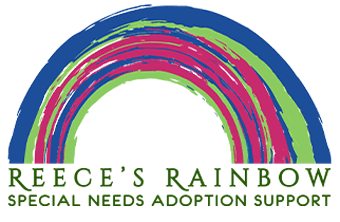
































 Colombia is now open to heterosexual and same-sex couples. Singles may still apply as well.
Colombia is now open to heterosexual and same-sex couples. Singles may still apply as well. Heterosexual married couples, single women, and single men can adopt
Heterosexual married couples, single women, and single men can adopt







 Adoptions are done on a case by case approval basis
Adoptions are done on a case by case approval basis
